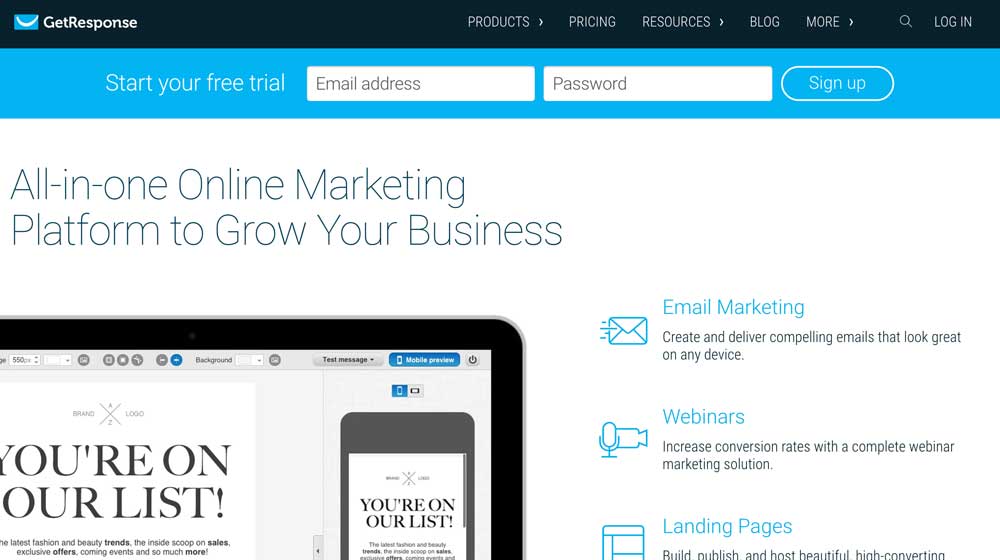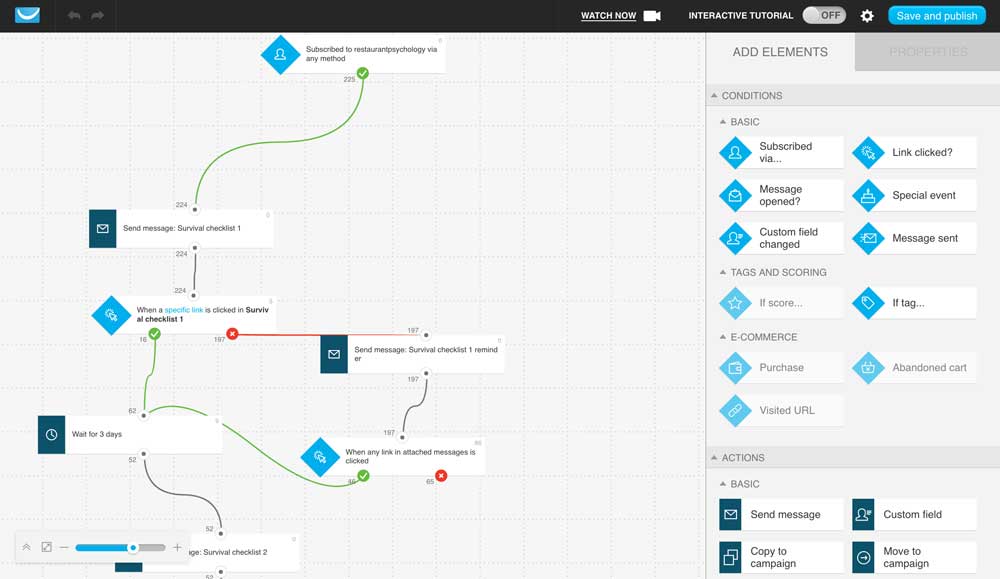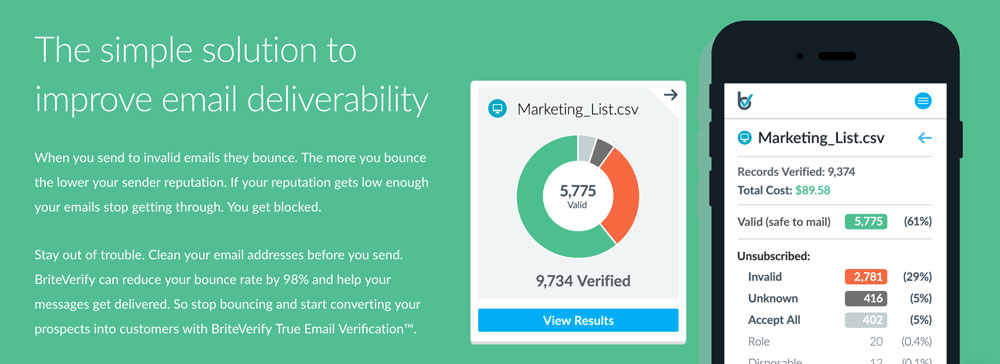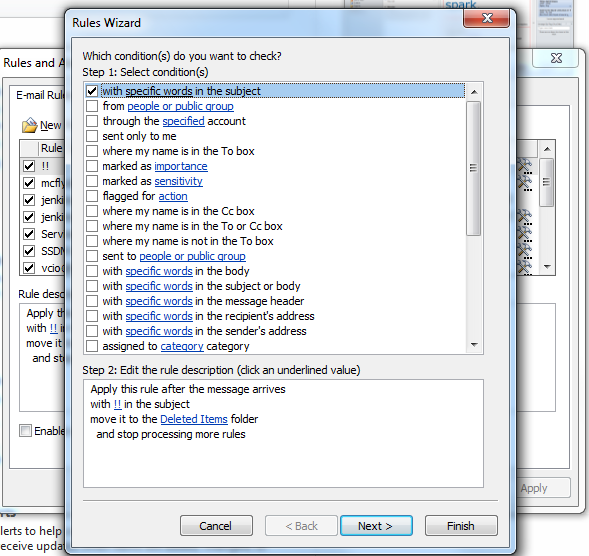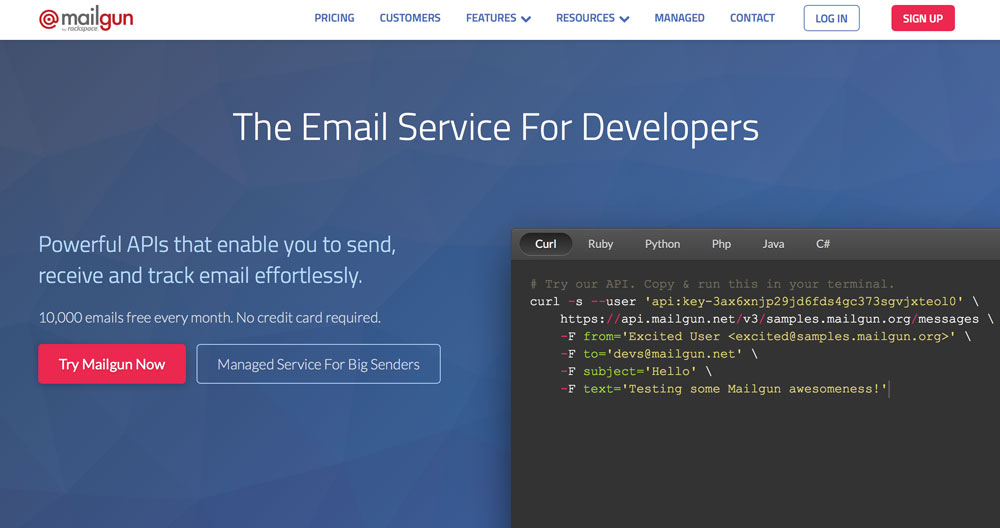How reliable is MailChimp tracking?
Saturday, September 30th, 2017 | Business & Marketing

When you send an email newsletter with a provider such as MailChimp, Aweber, etc, they give you a report on who opens your emails. But how accurate are these numbers?
I had the opportunity to test this recently.
It’s good practice to clear your email list periodically because email providers use open rates to access whether your email is spam or not. So, if you have a lot of old, inactive addresses on your list, or it’s going into people’s spam box and they’re not seeing it, it is a good idea to remove them so that it does not affect email delivery to the people who are reading your emails.
How I tested it
For two lists I had, I created a segment who had not opened the last five emails we sent them.
I then sent these people an email saying “are you receiving this?”, inviting people who still wanted to receive the email me back. Anyone who did this would indicate that the numbers are not accurate.
Here are the results…
West Yorkshire Humanists
We had 120 people on the list. 36 had not interacted with the last five campaigns.
Of those, 11% read and 6% clicked the email. This suggests that people are receiving my regular emails but choosing not to read them.
An additional four people emailed me to say they wanted to continue to receive the email. This suggests that the tracking statistics are out by a significant amount. This is because this is just the people who were bothered to email me back; how many were in the same situation but didn’t bother to?
Anxiety Leeds
We had 256 people on the list. 100 had not interacted with the last five campaigns.
7 people emailed me to say they would like to continue receiving the emails.
Again, this is probably only a selection of the people who are receiving the emails and not being tracked.
Conclusion
The open rate tracking provided by MailChimp, and likely other email providers, is a useful guide to see campaign to campaign. However, it does not seem to be an accurate measure of who exactly is reading your email because many people are reading them but not reporting as having done so in the reports.

When you send an email newsletter with a provider such as MailChimp, Aweber, etc, they give you a report on who opens your emails. But how accurate are these numbers?
I had the opportunity to test this recently.
It’s good practice to clear your email list periodically because email providers use open rates to access whether your email is spam or not. So, if you have a lot of old, inactive addresses on your list, or it’s going into people’s spam box and they’re not seeing it, it is a good idea to remove them so that it does not affect email delivery to the people who are reading your emails.
How I tested it
For two lists I had, I created a segment who had not opened the last five emails we sent them.
I then sent these people an email saying “are you receiving this?”, inviting people who still wanted to receive the email me back. Anyone who did this would indicate that the numbers are not accurate.
Here are the results…
West Yorkshire Humanists
We had 120 people on the list. 36 had not interacted with the last five campaigns.
Of those, 11% read and 6% clicked the email. This suggests that people are receiving my regular emails but choosing not to read them.
An additional four people emailed me to say they wanted to continue to receive the email. This suggests that the tracking statistics are out by a significant amount. This is because this is just the people who were bothered to email me back; how many were in the same situation but didn’t bother to?
Anxiety Leeds
We had 256 people on the list. 100 had not interacted with the last five campaigns.
7 people emailed me to say they would like to continue receiving the emails.
Again, this is probably only a selection of the people who are receiving the emails and not being tracked.
Conclusion
The open rate tracking provided by MailChimp, and likely other email providers, is a useful guide to see campaign to campaign. However, it does not seem to be an accurate measure of who exactly is reading your email because many people are reading them but not reporting as having done so in the reports.
